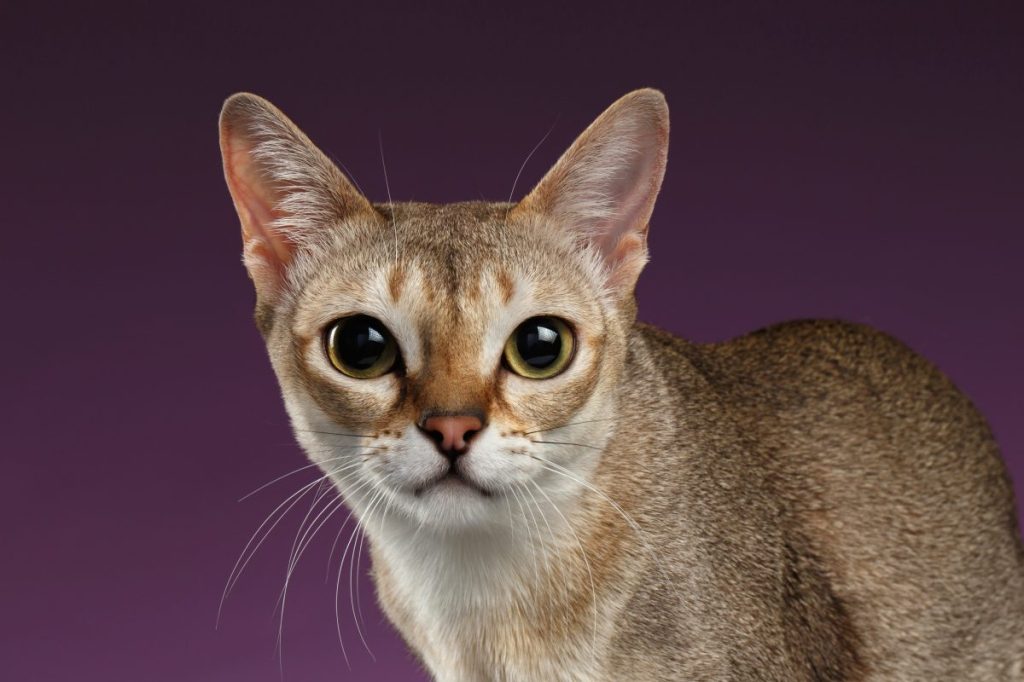The Singapura cat breed is a small and charming feline known for its distinctive appearance and affectionate personality. Originating from Singapore, these cats are one of the smallest domestic cat breeds, with adult females weighing around 4 to 6 pounds and males ranging from 6 to 8 pounds. Their coat is short and fine, featuring a warm, sepia-toned coloration with a unique pattern…

Singapura
Statistics
Life Span
11 to 15 years
Length
Small
Weight
4 to 7 pounds
Country Of Origin
Singapore
Trending
No content yet. Check back later!